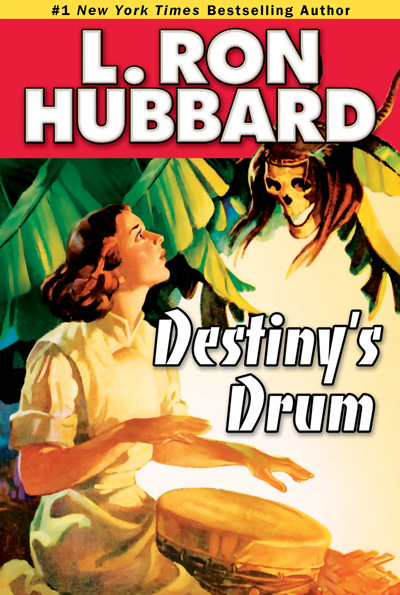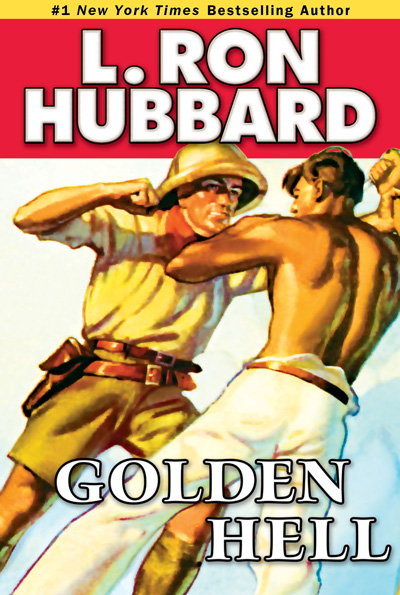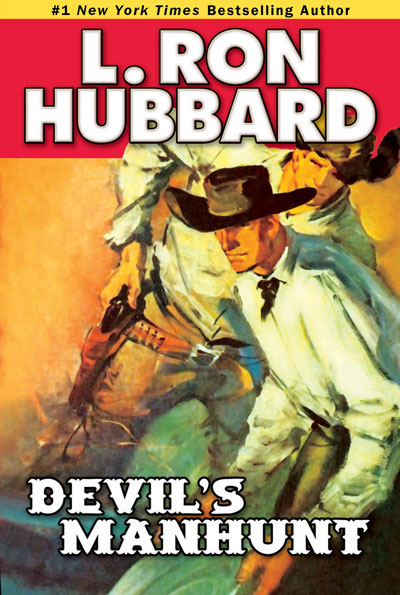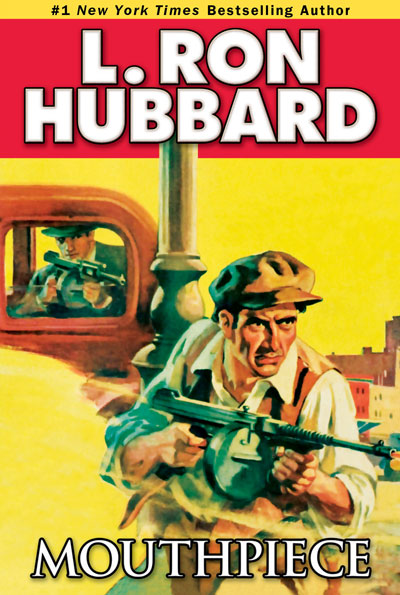Mister Tidwell, Gunner Glossary
Stories from the Golden Age reflect the words and expressions used in the 1930s and 1940s, adding unique flavor and authenticity to the tales. While a character’s speech may often reflect regional origins, it also can convey attitudes common in the day. So that readers can better grasp such cultural and historical terms, uncommon words or expressions of the era, the following glossary has been provided.
Aboukir Bay: inlet of the Mediterranean Sea lying near the mouth of the Nile along the coast of Egypt.
Alexandria: the second largest city in Egypt and its largest seaport, extending about twenty miles along the coast of the Mediterranean Sea in north central Egypt.
anchorage: that portion of a harbor, or area outside a harbor, suitable for anchoring, or in which ships are permitted to anchor.
arc light: a lamp that produces light when electric current flows across the gap between two electrodes.
Asia Minor: the peninsula of western Asia between the Black Sea and the Mediterranean Sea. Throughout history Asia Minor has served as a crossroads for migrating peoples and a battleground for competing Asian and European civilizations.
auxiliary: describes a boat with an engine to supplement or replace the sails.
Balboa Park: a 1,200-acre urban cultural park in San Diego, California. Besides open areas and natural vegetation, it contains a variety of museums, theaters, gardens, shops and restaurants, as well as the renowned San Diego Zoo. Among its gardens is the Japanese Friendship Garden that first opened in 1915.
ballast, under: a ship carrying no cargo, only ballast. Ballast is any heavy substance, as stone, iron, etc., put into the hold to sink a vessel in the water to such a depth as to prevent capsizing.
bark: a sailing ship with three to five masts.
batteries: groups of large-caliber weapons used for combined action.
battlewagon: battleship.
“bears”: from the phrase “come bear a hand,” which means to lend a hand or bring your hand to bear on the work going on. Bears refer to those who are helping.
belaying pin: a large wooden or metal pin that fits into a hole in a rail on a ship or boat, and to which a rope can be fastened.
Black Ensign: pirates’ flag; the flag traditionally flown by a pirate ship, depicting a white skull and crossbones against a black background. Also known as the Jolly Roger.
blackguard: a man who behaves in a dishonorable or contemptible way.
bluejackets: sailors.
bone in her teeth: said of a ship speeding along throwing up spray or foam under the bow.
Boney: a nickname, often what the British called Napoleon Bonaparte, the name being both short and displaying a certain lack of respect.
bow chasers: a pair of long guns mounted forward in the bow of a sailing warship to fire directly ahead; used when chasing an enemy to shoot away her sails and rigging.
broadside: all the guns that can be fired from one side of a warship or their simultaneous fire in naval warfare.
bulwark: a solid wall enclosing the perimeter of a weather or main deck for the protection of persons or objects on deck.
butt: 1. an object of ridicule or contempt. 2. a remaining part.
cable length: a maritime unit of length measuring 720 feet (220 meters) in the US and 608 feet (185 meters) in England.
canister: a metallic cylinder packed with small cast-iron balls that scatter upon discharge from a cannon.
cat: cat-o’-nine-tails; a whip, usually having nine knotted lines or cords fastened to a handle, used for flogging.
Coast Range: a series of mountain ranges along the Pacific coast of North America, extending from lower California to southeast Alaska.
cockade: a rosette, knot of ribbon, etc., usually worn on the hat as part of a uniform, as a badge of office or the like.
cockleshell: a light flimsy boat.
cockpit: a cabin on the lower deck of a man-o’-war where the wounded in battle were tended.
Continental Alliance: also called the First Coalition, an alliance formed between Prussia, Austria, Spain and Great Britain (1792–1797) after the French Revolution (1789) in an effort to overthrow the revolutionary government of France and restore the rule of the French monarchy. By the end of 1797, this alliance had collapsed following Napoleon’s victories in Prussia and Austria and a separate peace treaty was negotiated with Spain, leaving only Britain in the field fighting against France.
corselet: part of a diver’s suit consisting of a breastplate made of copper or iron, shaped so that it fits comfortably over the shoulders, chest and back. Once in place, the corselet is bolted to the suit and the diving helmet is then locked onto the corselet.
coxswained: acted or served as a coxswain for; steered the ship’s boat and been in charge of its crew.
crosstrees: a pair of horizontal rods attached to a sailing ship’s mast to spread the rigging, especially at the head of a topmast.
de Brueys: Vice Admiral Francois-Paul Brueys d’Aigalliers, Count de Brueys (1753–1798); French commander in the Battle of the Nile, in which the French Revolutionary Navy was defeated by the British under Admiral Nelson at Aboukir Bay on August 2, 1798.
diving lung: Submarine Escape Lung; device developed and tested by Admiral Charles Momsen of the US Navy between 1929 and 1932 for the purpose of rescuing sailors trapped in submarines. Also called the “Momsen Lung,” it consisted of an oblong rubber bag that recycled exhaled air to provide oxygen for sailors to ascend to the surface of the water.
diving rudder: one of the movable plane surfaces attached to the hull of a submarine, that controls the vertical motion.
eighties: naval vessels carrying eighty guns.
fathom: a unit of length equal to six feet (1.83 meters), used in measuring the depth of water.
flag captain: captain of the flagship, the ship used by the commanding officer of a group of naval ships.
flarebacks: flames produced in the breeches of guns by ignition of residual gases.
frigates: fast naval vessels of the late eighteenth and early nineteenth centuries, heavily armed on one or two decks.
galleon: a large three-masted sailing ship, usually with two or more decks; used mainly by the Spanish from the fifteenth to eighteenth centuries for war and commerce.
gangway: a narrow, movable platform or ramp forming a bridge by which to board or leave a ship.
gay: impertinent and forward.
Gibbs Light: Gibbs Hill Lighthouse; it is the taller of two lighthouses on Bermuda, and the first of only a few lighthouses in the world to be made of cast iron. While it is not extremely tall by lighthouse standards, the hill that it stands on is one of the highest on the island. First lit in 1846 with kerosene burners, it is now automated to run on electricity.
gig: a boat reserved for the use of the captain of a ship.
girded the loins: braced for vigorous action or energetic endurance.
G-men: government men; agents of the Federal Bureau of Investigation.
grape: a cluster of small cast-iron balls formerly used as a charge for a cannon.
grappling hooks: composite hooks attached to ropes designed to be thrown or projected a distance so that the hooks will engage with the target.
gun captain: a petty officer in command of a gun crew on a ship.
gunwale: the upper edge of the side of a boat. Originally a gunwale was a platform where guns were mounted, and was designed to accommodate the additional stresses imposed by the artillery being used.
halyard: a rope used for raising and lowering a sail.
hawse: hawse pipe; iron or steel pipe in the stem or bow of a vessel, through which an anchor cable passes.
hawsers: cables or ropes used in mooring or towing ships.
HMS: His Majesty’s Ship.
inboard: within the hull or toward the center of a vessel.
Jacob’s ladder: a hanging ladder having ropes or chains supporting wooden or metal rungs or steps.
jolly boat: a light boat carried at the stern of a sailing vessel.
keel: a lengthwise structure along the base of a ship, and in some vessels extended downwards as a ridge to increase stability.
langrage: shot used in naval warfare consisting of a case filled with fragments of iron for tearing the sails and rigging of enemy ships.
liners: ships of the line; sailing warships large enough to be in the line of battle.
man-o’-war: any armed ship of a national navy, usually carrying between 20 and 120 guns.
marcel: a hairstyle characterized by deep, continuous waves.
marlinespike: a tool made from wood or metal, and used in rope work for tasks such as untwisting rope for splicing or untying knots that tighten up under tension. It is basically a polished cone tapered to a rounded point, usually six to twelve inches long, although sometimes it is longer.
midshipman: a student naval officer educated principally at sea.
mizzen: a fore-and-aft sail set on the mizzenmast, the third mast from forward in a vessel having three or more masts.
Napoleonic Wars: a series of intermittent wars fought between France, led by Napoleon Bonaparte, and a number of European nations, principally Great Britain, Prussia, Austria and Russia (1796–1815). The wars ended with Napoleon’s final defeat at the Battle of Waterloo at the hands of Prussian and British forces.
Nelson: Viscount Horatio Nelson (1758–1805), British admiral famous for his participation in the Napoleonic Wars. He was noted for his considerable ability to inspire and bring out the best in his men, to the point that it gained the name “The Nelson Touch.” He was revered as few military figures have been throughout British history.
Newton: Sir Isaac Newton (1643–1727); English mathematician and physicist. Famous for his laws of motion, which are laws concerning the relations between force, motion, acceleration, mass and inertia, and that govern the motion of material objects.
’Od’s wounds: by God’s wounds; used as an exclamation.
paint the town: to party; to go out and enjoy yourself in the evening, often drinking alcohol and dancing.
pigboat: a submarine.
Pitt: William Pitt the Younger (1759–1806); the English statesman who prepared England for war against Napoleonic France.
points: a point is 11.25 degrees on a compass. Sailing within two points of a breeze refers to sailing within 22.50 degrees of the direction of the wind.
powder monkeys: boys employed on warships to carry gunpowder from the magazine to the guns.
press gang: a body of persons under the command of an officer, formerly employed to impress others for service, especially in the navy or army.
press ganging: forcing (a person) into military or naval service.
put in: to enter a port or harbor, especially for shelter, repairs or provisions.
pylon: a tower marking a turning point in a race among aircraft.
quarterdeck: the rear part of the upper deck of a ship, usually reserved for officers.
rag: a sail or any piece of canvas.
ratline: a small rope fastened horizontally between the shrouds in the rigging of a sailing ship to form a rung of a ladder for the crew going aloft.
Scheherazade: the female narrator of The Arabian Nights, who during one thousand and one adventurous nights saved her life by entertaining her husband, the king, with stories.
schooner: a fast sailing ship with at least two masts and with sails set lengthwise.
scow: an old or clumsy boat; hulk; tub.
scuppers: openings in the side of a ship at deck level that allow water to run off.
scuttle: to sink a ship deliberately by opening seacocks or making openings in the bottom.
seacocks: valves below the waterline in a ship’s hull, used for admitting outside water into some part of the hull.
seventy-fours: naval vessels carrying seventy-four guns.
shrouds: supporting ropes or wires that extend down from the top of a mast.
sirrah: a term of address used to inferiors or children to express impatience, contempt, etc.
son of Neptune: a sailor who has crossed the equator.
Spanish Plate Fleet: Spanish treasure fleets; along with gold, silver, gems and other trade goods, the ships were filled with rare Chinese porcelain tableware, hence the name “Plate Fleet.”
spanker: a sail set from the aftermost lower mast of a sailing ship.
spars: strong poles, especially those used as masts to support the sails on ships.
St. Kitts and Nevis: a two-island country in the West Indies, east-southeast of Puerto Rico, it is the smallest nation in the Americas in both area and population. Formerly a British colony, the islands gained independence in 1983. A narrow strait separates the two islands, which are volcanic in origin and mountainous with heavy vegetation. The chief settlement on Nevis is Charlestown.
Syracuse: capital city and port of Syracuse Province, Sicily.
tar: a sailor.
Toulon: city in southern France and a large military harbor on the Mediterranean coast.
trades or trade winds: any of the nearly constant easterly winds that dominate most of the tropics and subtropics throughout the world, blowing mainly from the northeast in the Northern Hemisphere, and from the southeast in the Southern Hemisphere.
trajectory: the path that a projectile makes through space under the action of given forces such as thrust, wind and gravity.
tramp: a freight vessel that does not run regularly between fixed ports, but takes a cargo wherever shippers desire.
transom: a small rectangular window above a door.
tricolor: the French national flag, consisting of three equal vertical bands of blue, white and red.
’tween decks: between decks; spaces between two continuous decks in the hull of a vessel.
under weigh: in motion; underway.
unstepped: a mast that has been removed from its step, the block in which the heel of the mast is fixed.
wandering Jew: any of various trailing or creeping plants having leaves that are green or varied in color; a popular houseplant.
warp: to move (a vessel) into a desired place or position by hauling on a rope that has been fastened to something fixed, as a dock or anchored buoy.
ways: timber frameworks on which a ship is built, and along which it slides when launching.
weigh anchor: take up the anchor when ready to sail.
West Indies: a group of islands in the North Atlantic between North and South America, comprising the Greater Antilles, the Lesser Antilles and the Bahamas.
wharf rat: someone who lives near wharves and lives by pilfering from ships or warehouses.
whelp: a youth, especially an impudent or despised one.
yard: a long rod, mounted crosswise on a mast and tapering toward the ends, that supports and spreads a sail.












